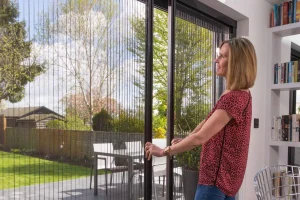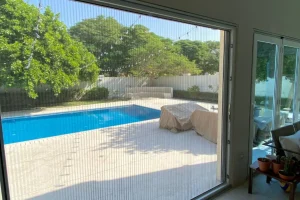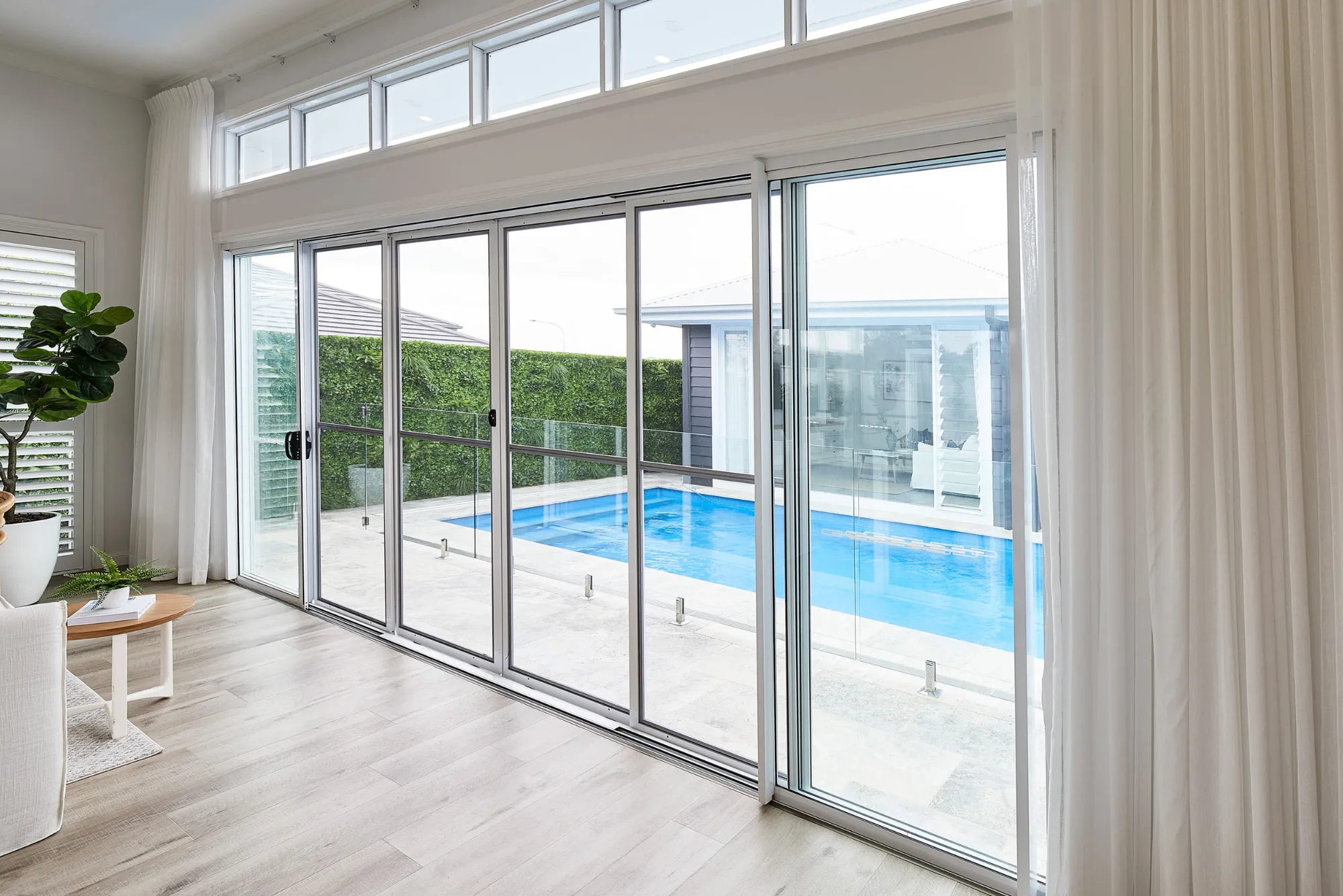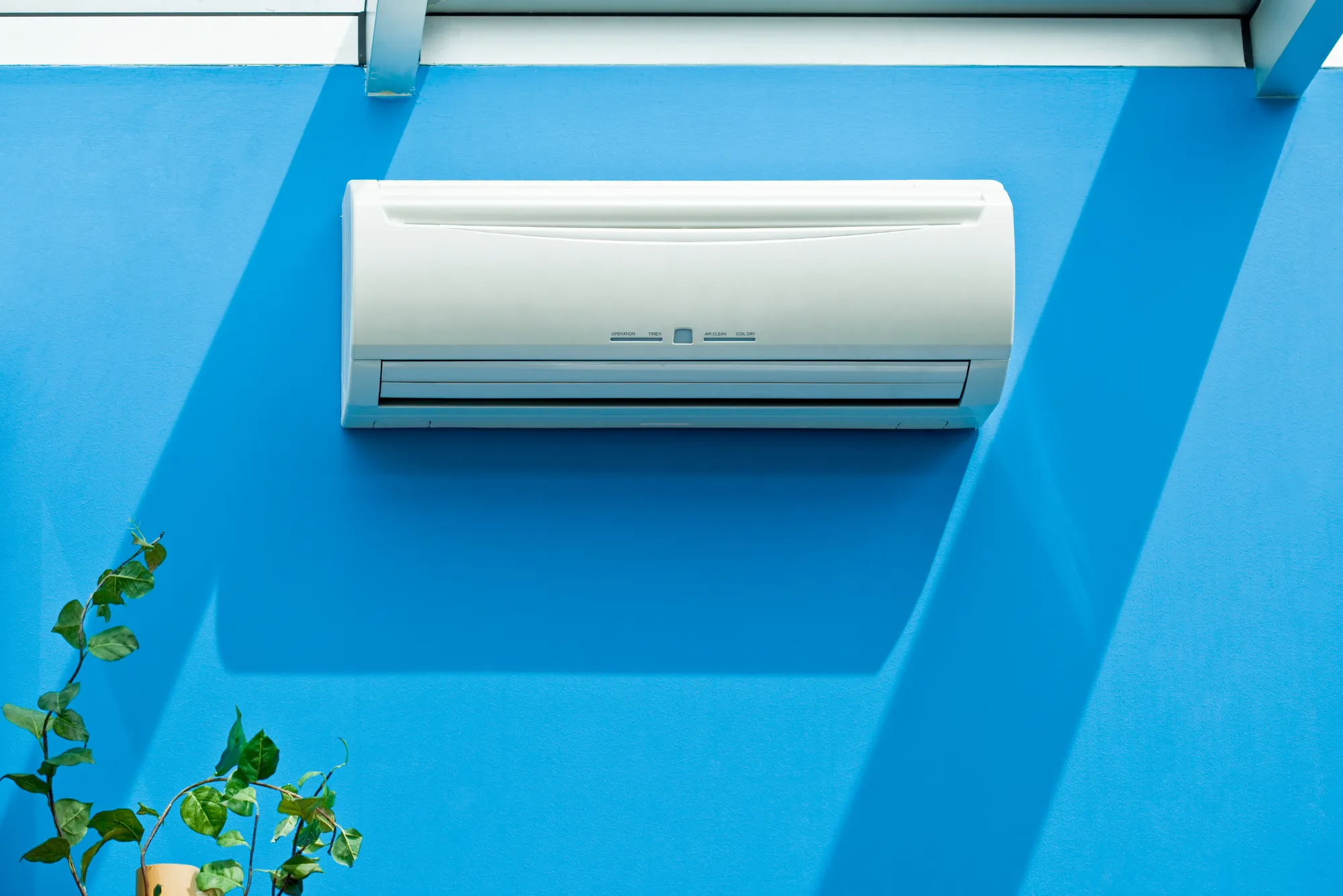In the vibrant city of Dubai, where the climate invites a range of insects into homes, the need for effective fly screens is paramount. Fly screens provide a practical solution by keeping pests at bay while allowing fresh air to flow through your living spaces.
While professional installation services are available, many homeowners prefer the satisfaction and cost savings of installing a Dubai fly screen themselves. This comprehensive guide will explore the DIY approach to installing a fly screen, covering everything from the benefits and tools required to a detailed installation process.
Understanding the Dubai Fly Screen
A Dubai fly screen is essentially a mesh barrier designed to keep insects out while maintaining ventilation. Given Dubai’s hot and humid conditions, a fly screen can be an essential feature for any window or door. These screens come in various types and materials, each offering different benefits.
For instance, aluminum mesh is known for its durability and resistance to rust, making it suitable for high-traffic areas and long-term use. Fiberglass mesh, on the other hand, is lightweight and flexible, making it an excellent choice for standard window sizes. Stainless steel mesh provides superior strength and security, ideal for areas requiring extra protection.
Why Choose DIY Installation?

Opting for a DIY installation of a Dubai fly screen offers several advantages. First and foremost, it is a cost-effective option. By handling the installation yourself, you can save on labor costs that would otherwise be spent on hiring a professional.
Moreover, DIY installation provides a level of flexibility and customization that may not be available with professional services. You have the freedom to tailor the fly screen to your exact specifications and preferences. There is also a sense of accomplishment that comes from completing a home improvement project on your own.
Gathering Tools and Materials
Before embarking on your DIY project, it’s essential to gather all the necessary tools and materials. You will need a measuring tape to take accurate measurements of your window or door frame. Scissors or a utility knife will be required to cut the fly screen mesh to size.
A screwdriver or drill will be needed for mounting hardware, while a staple gun or adhesive will secure the mesh to the frame. Additionally, a level will ensure that your fly screen is installed straight and properly aligned.
When it comes to materials, you’ll need to select the right type of fly screen mesh based on your needs. The mesh can vary in terms of material, such as aluminum, fiberglass, or stainless steel, each offering different levels of durability and protection.
The frame material should also be chosen based on your preferences; options include aluminum, plastic, or other suitable materials. You can find these materials at local hardware stores or specialty shops in Dubai, which offer a range of options to fit different budgets and requirements.
The Installation Process
The installation process for a Dubai fly screen involves several key steps. Begin by measuring the dimensions of your window or door frame accurately. It’s crucial to account for any obstructions, such as handles or hinges, that may affect the fit of the screen. Once you have your measurements, cut the fly screen mesh to match the dimensions of your frame. If the mesh comes in a roll, unroll it carefully and cut it to size.
Next, assemble the frame according to the manufacturer’s instructions, ensuring that it is sturdy and properly aligned. Mount the frame to your window or door frame using screws, adhesive, or a staple gun, depending on the type of frame you have.
Ensure that the screen is taut and securely attached to prevent any gaps where insects could enter. After installation, check the screen for any gaps or loose areas. Open and close your window or door to ensure smooth operation and make any necessary adjustments.
Tips for a Successful DIY Installation

To ensure a successful DIY installation, there are several tips to keep in mind. Avoid common mistakes such as inaccurate measurements, which can lead to an ill-fitting screen. Double-check all measurements before cutting the mesh or assembling the frame. Also, ensure that the screen is firmly attached and that there are no gaps, as an ill-fitting screen will be less effective at keeping insects out.
Regular maintenance is essential to prolong the life of your fly screen. Clean it regularly to prevent the build-up of dust, dirt, and debris. Inspect the screen periodically for any signs of wear or damage and replace it if necessary to ensure ongoing protection.
For additional support, consider online tutorials and videos that provide visual demonstrations and tips. Many local hardware stores also offer workshops or advice on DIY projects, providing hands-on support and expert guidance.
When to Seek Professional Help
While DIY installation is a great option for many, there are circumstances where professional assistance might be necessary. If your window or door frame has a complex design or intricate details, a professional installer can ensure precise measurements and fitting. Additionally, if you have limited time or experience, hiring a professional can save you effort and provide a high-quality result.
For projects requiring exact measurements and fitting, a professional can offer the expertise needed to achieve the best results.
Installing a Dubai fly screen yourself can be a fulfilling and cost-effective way to enhance your home’s comfort and protect it from insects. By following the detailed steps outlined in this guide and using the right tools and materials, you can achieve a successful installation.
However, if the task seems too complex or time-consuming, professional help is available to ensure that the fly screen is installed correctly and efficiently.




